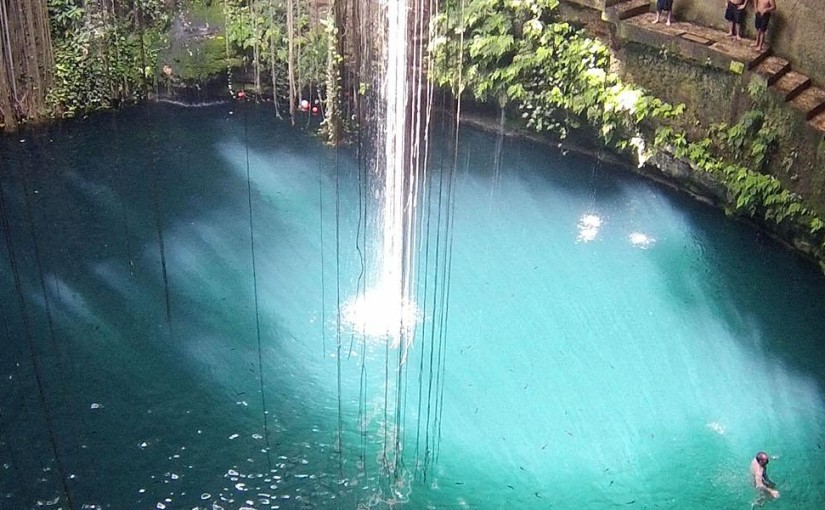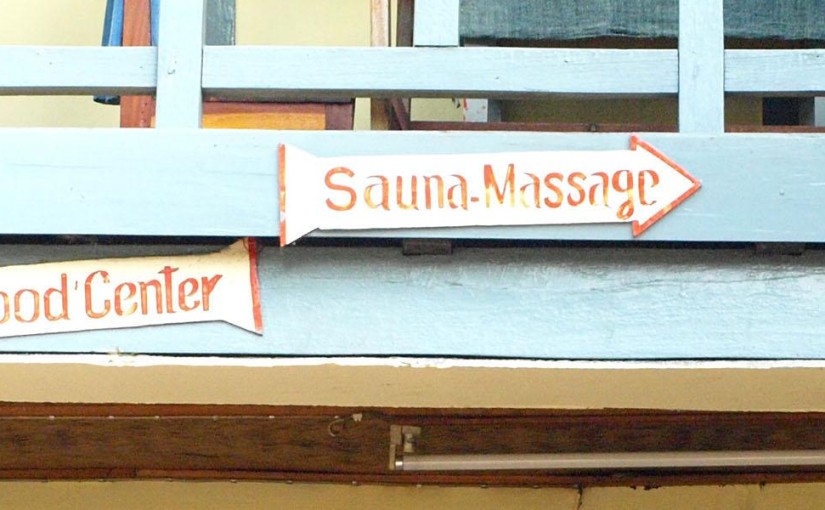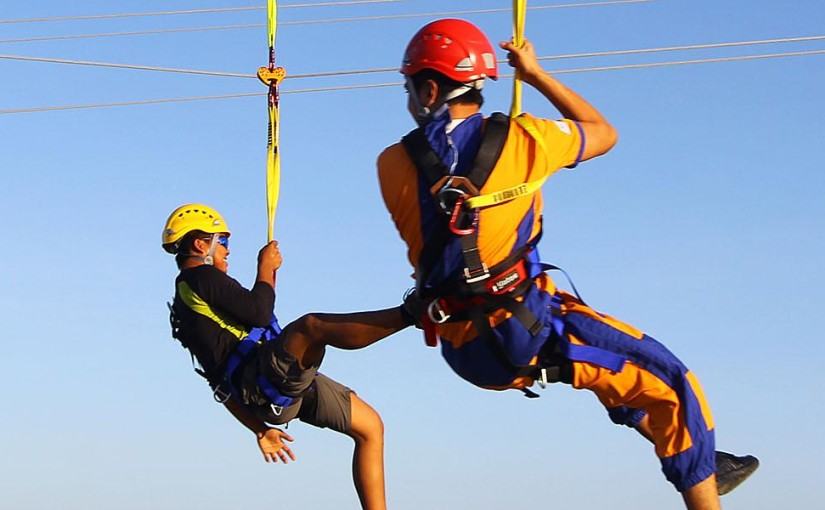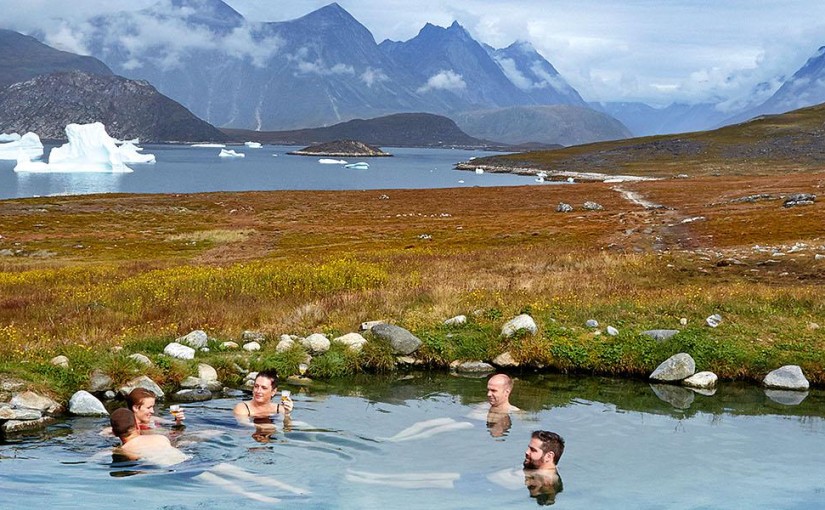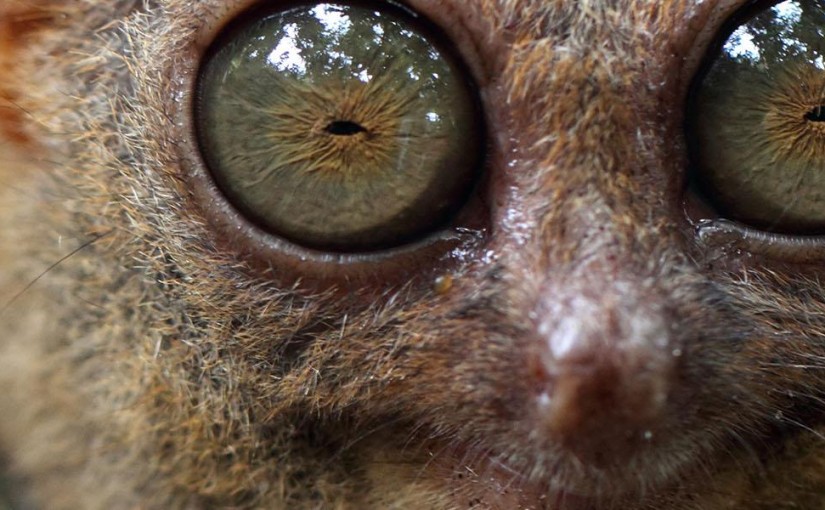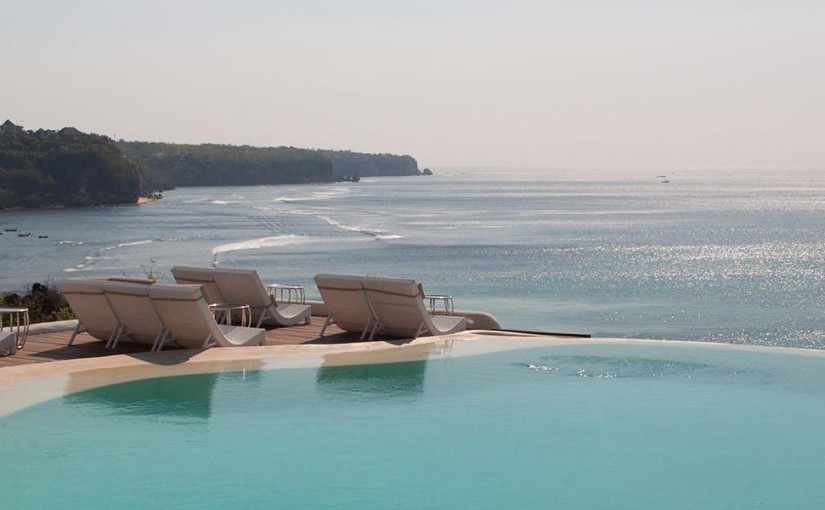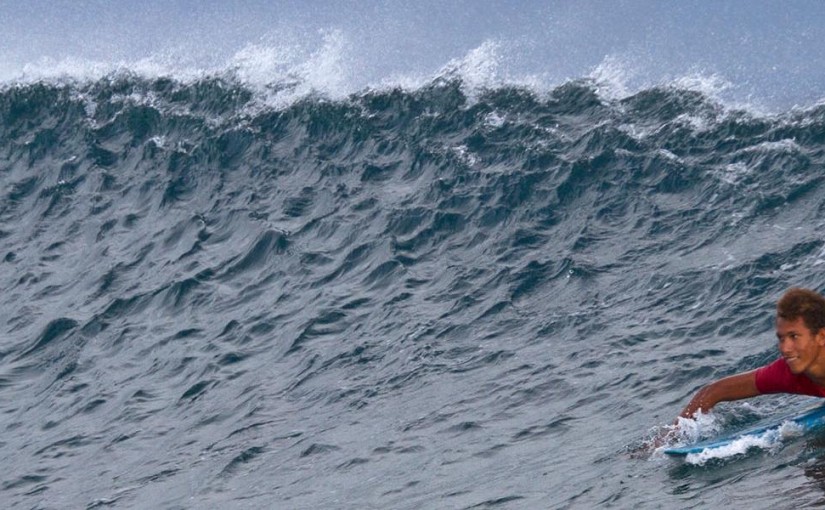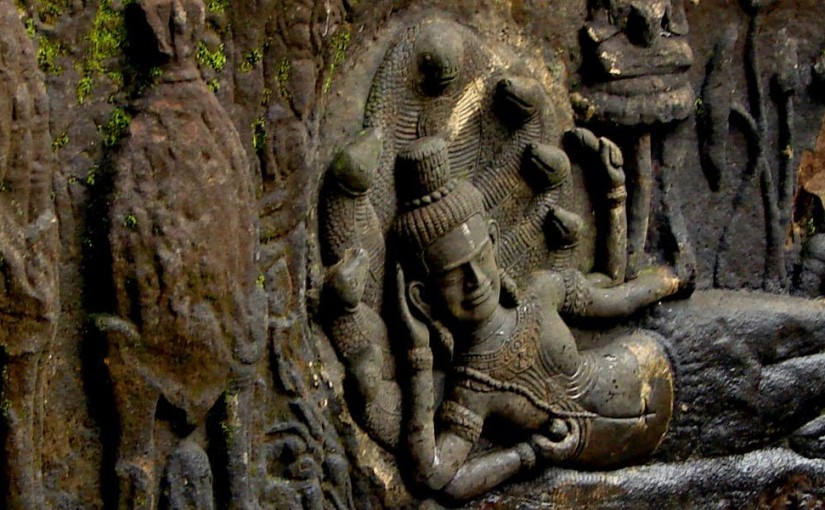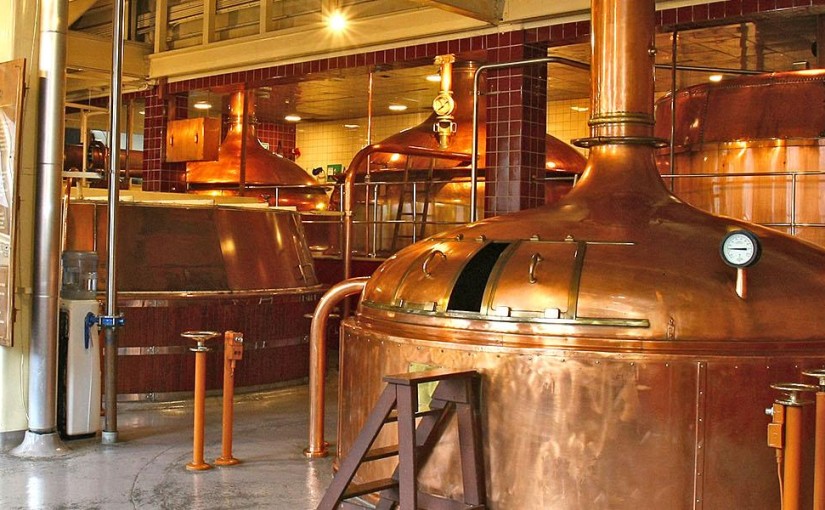Take a break from Tulum’s ruins and jump straight into this emerald sinkhole. Part of the Ik Kil Archeological Park – also home to Chichén Itzá, a pre-Columbian city built by the Mayans – this swimming hole is just one of about 7000 cenotes (the word means natural well) dotted throughout the Yucatan Peninsula, thanks to an elaborate underground river system.
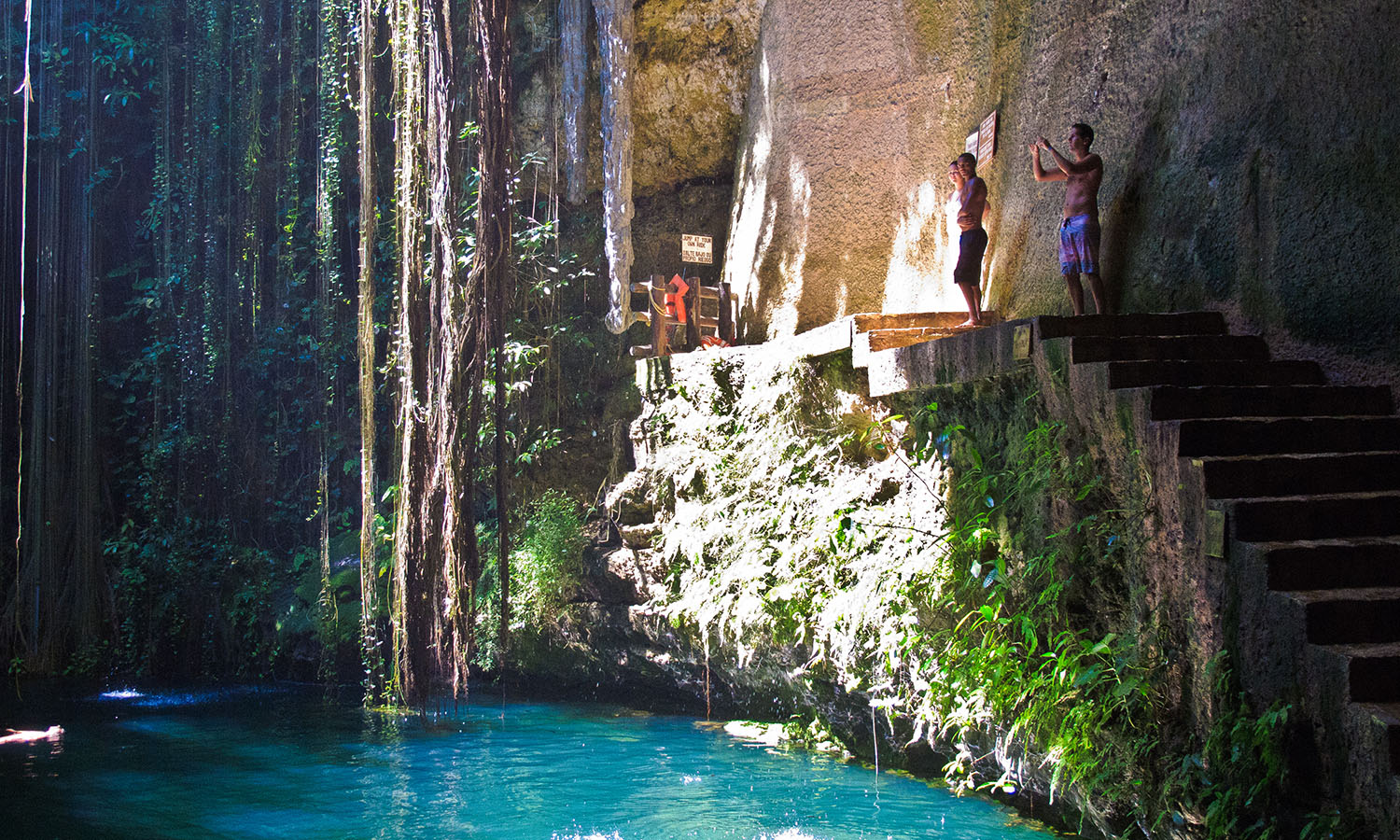

It’s a 26-metre drop from the lip of Ik Kil to the water. If you’re brave enough you can take the plunge – the water is about 40 metres deep, so you’re not about the hit the bottom. For the rest of us, there’s a set of stairs carved into the limestone for a more sedate entry. Get there early, or leave it till the late afternoon, to avoid the tour buses.
Archives: Highlights
Allows the user to create Highlights
Adventure into a Rock Forest
The pinnacles of World Heritage-listed Mulu National Park have to be seen to be believed. Imagine sword-like blades of eroded limestone piercing from the verdant forest floor. The pinnacles cling to the side of Gunung Api (Fire Mountain) on Malaysian Borneo, with some reaching heights of up to 50 metres. You can witness this peculiar landscape on a strenuous three-day trek departing from Mulu National Park headquarters.
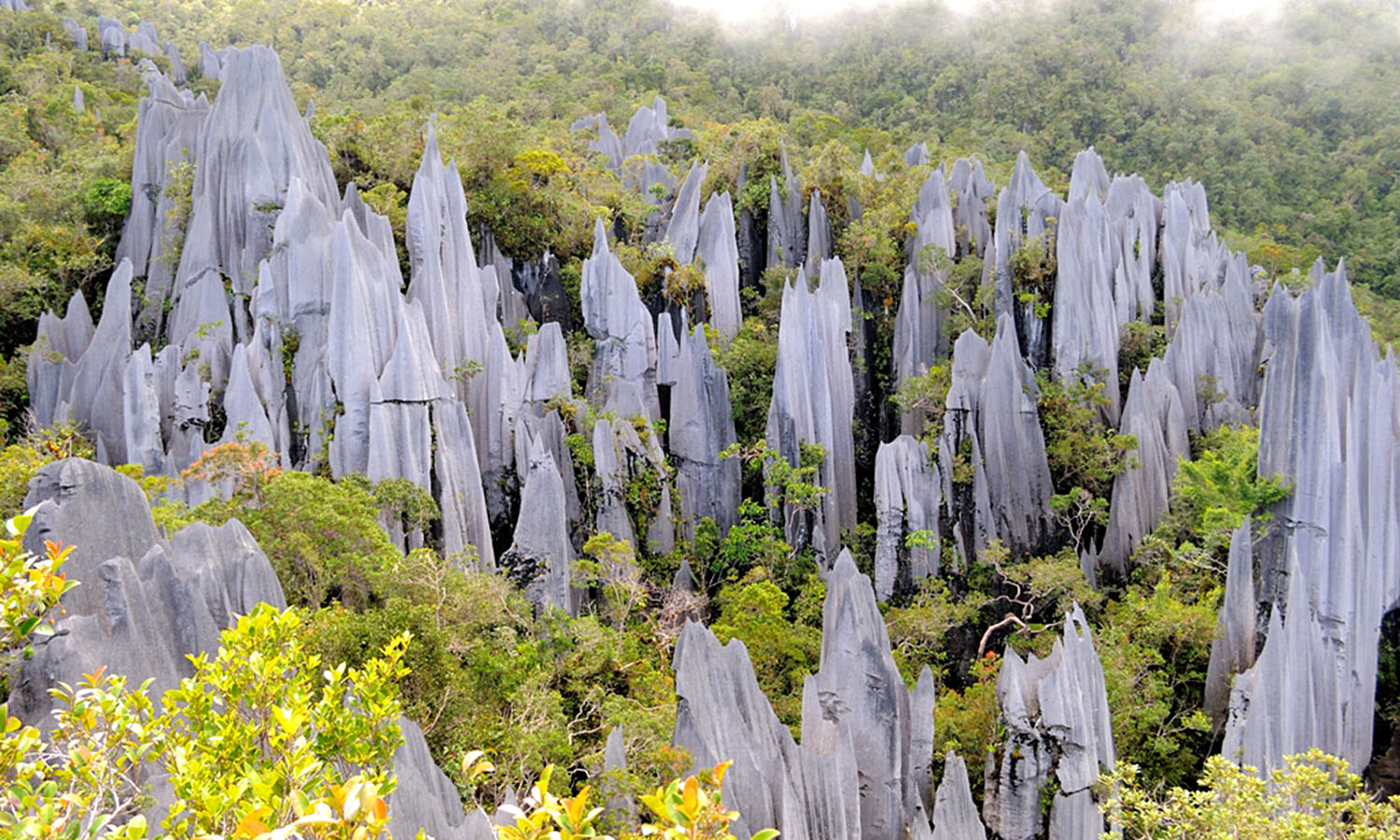

Feel great, do good in Laos
It’s true – in one part of the building you can give blood and in the other you can get pummelled into submission during a traditional Laos massage. Granted, the surrounds at the Red Cross Spa in Luang Prabang aren’t all rich silks and wafting incense like you might find at one of the ritzier hotels in the city, but the rooms – each with several beds separated by curtains for privacy – have undergone a reno and are bright and clean.
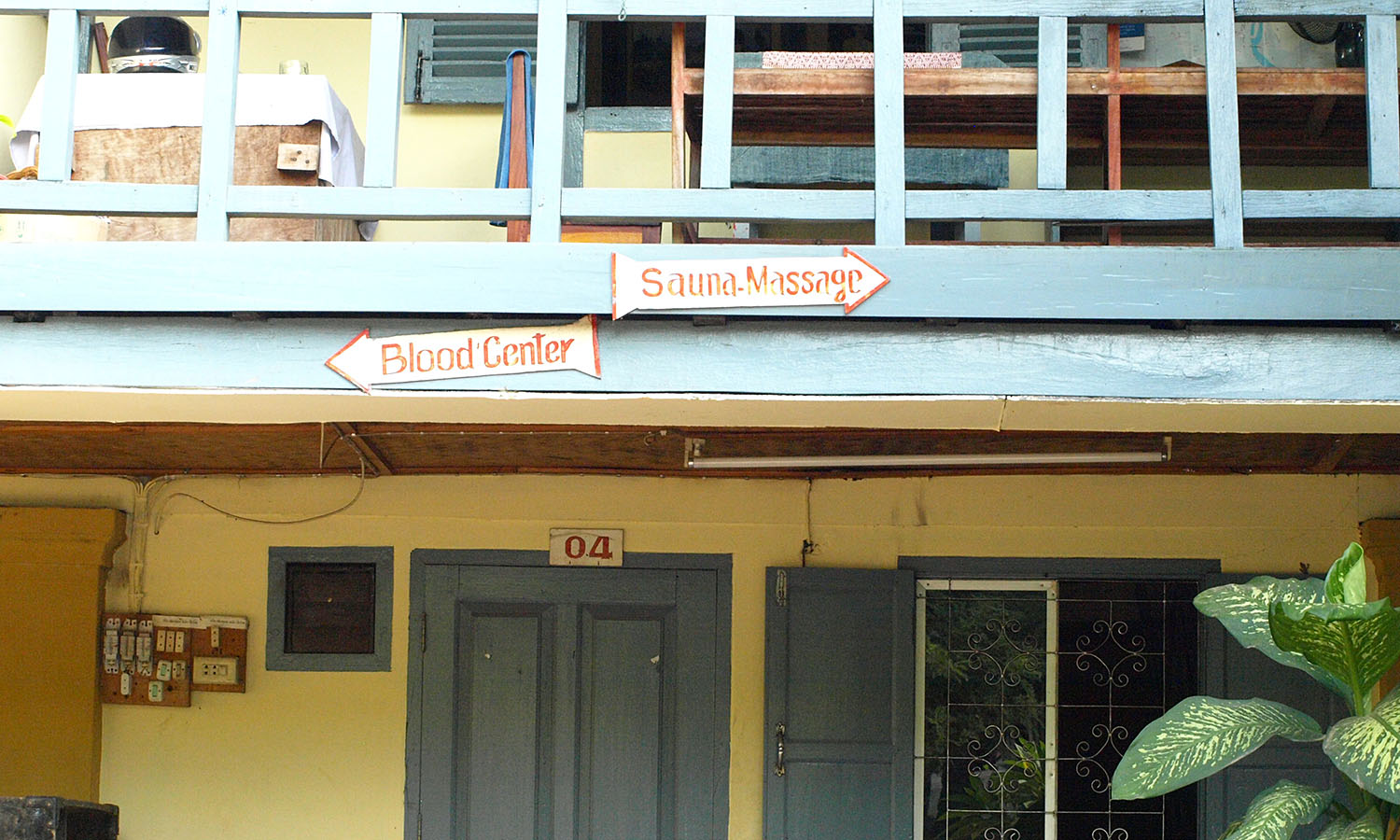

The quality of the massage is completely dependent on the person who’s assigned to dig their elbows into your sore spots, but at about US$6 for an hour-long treatment (admission to the sauna costs less than US$2) there’s not a lot to complain about. All proceeds go to Red Cross projects in some of the poorest parts of Laos, so you’re doing good while feeling great.
Zip-line Thrills in Cebu City
Zip-lines aren’t particularly novel in South-East Asia, but there’s one a little different from all the rest. SkyExperience Adventure in Cebu City links two buildings – the one you jump off is 150 metres above the ground – via a 75-metre highwire. It takes just eight seconds to fly through the air to your destination, but then you also need to be winched back to the starting point. For extra thrills, take the plunge at night or hanging by your feet.
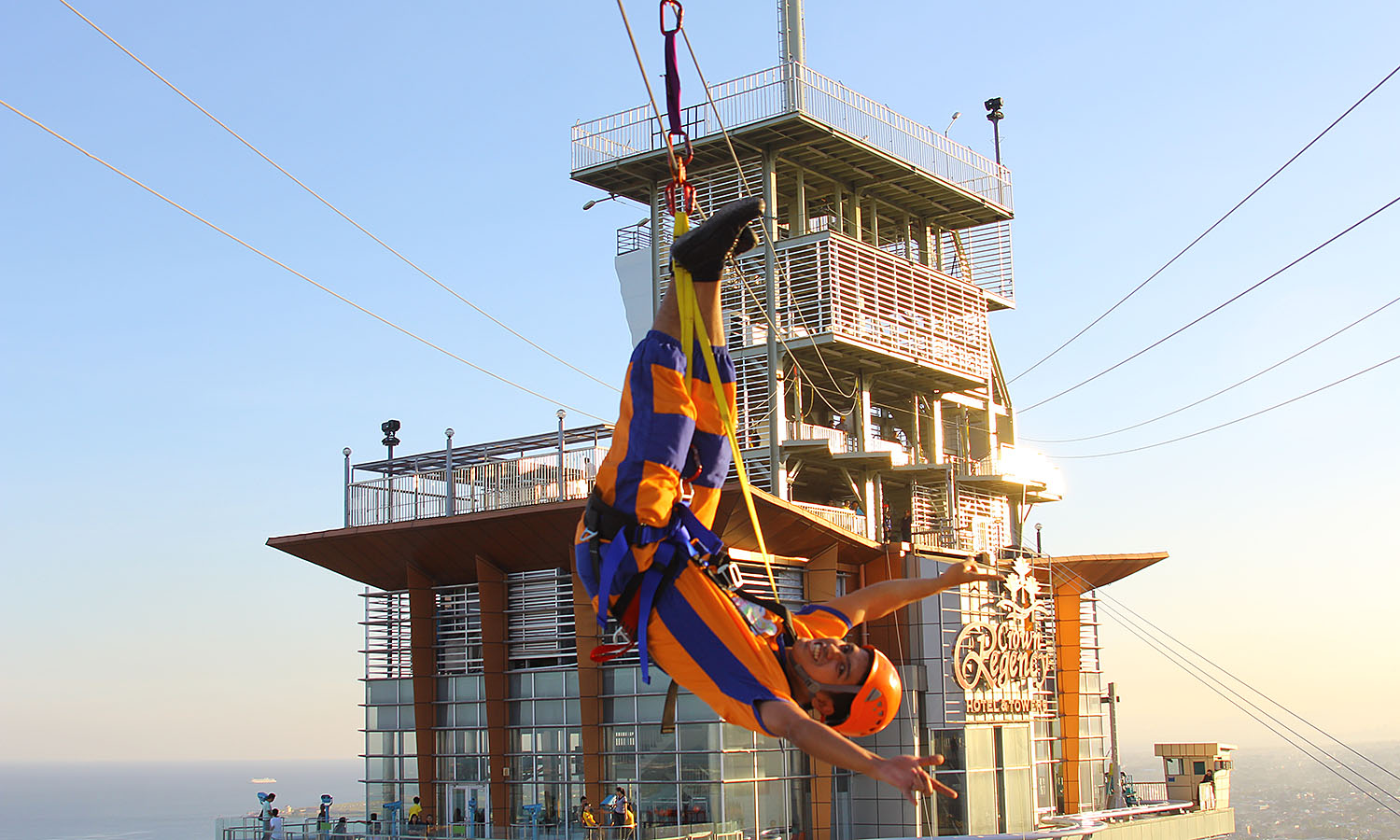

Simmer in hot springs
There are thousands of hot springs across Greenland, but none quite like Uunartoq. Located in South Greenland, Uunartoq Island is completely uninhabited, making it the perfect spot to reconnect with nature.
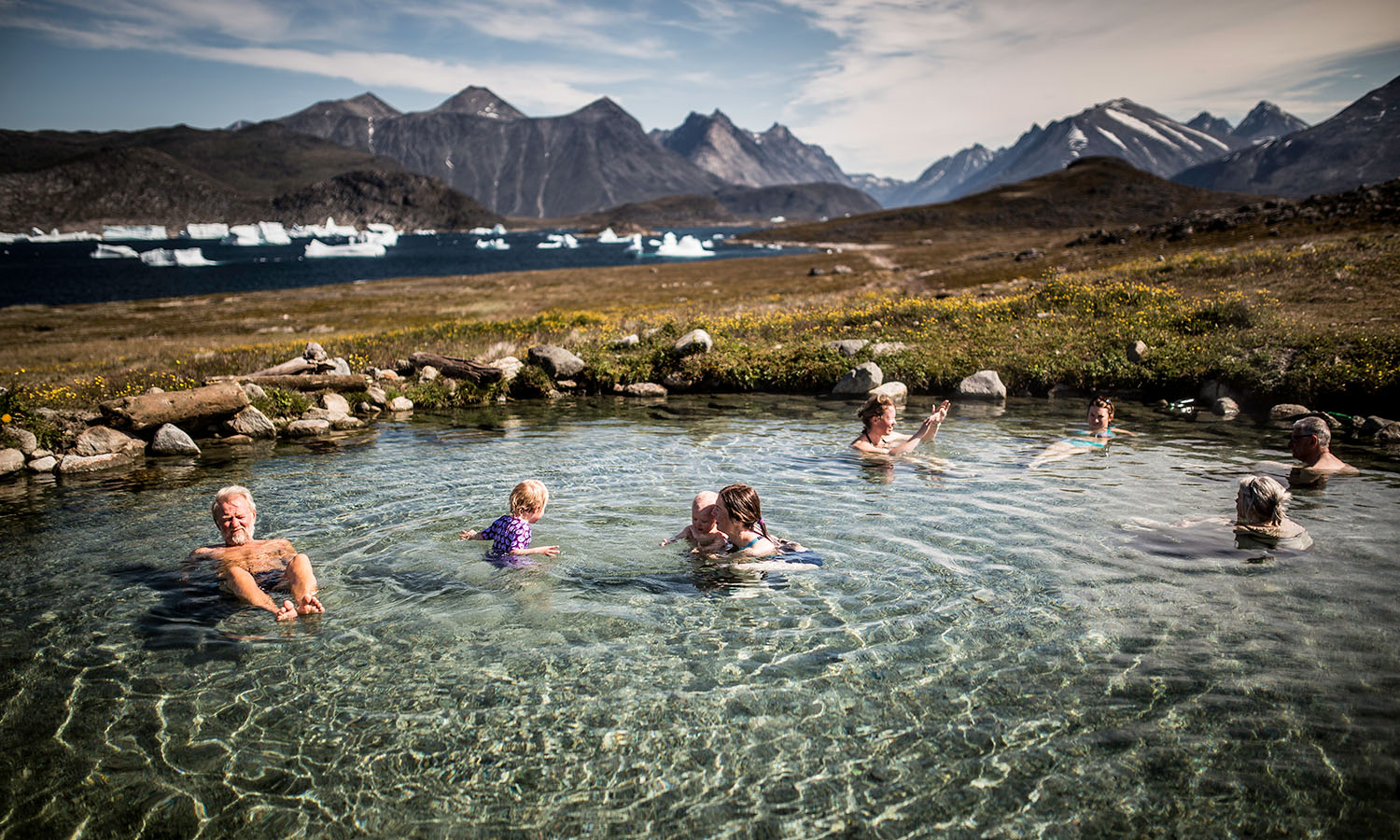

Three converging warm streams keep its crystal-clear geothermal pool brimming with steamy water – even when the winter temperature drops below freezing. The stone-dammed pool is a plunge-perfect 37°C year round, thanks to the heat created by friction in layers of the Earth’s crust. Take a boat from the nearby islands of Qaqortoq or Nanortalik and sink into Uunartoq Hot Springs’ warm embrace against a backdrop of dramatic mountains and floating icebergs.
Tiny Primates in Bohol
Everyone loves a monkey but these little guys, who more closely resemble a mogwai than a chimp, aren’t the sort to clamber around playing games and picking bugs from one another’s fur. The Philippines is one of the few places you’ll still find tarsiers, although they’re very much in danger – their natural habitat is under threat and people think they make cute pets even though the nervous little creatures, being mostly nocturnal, tend to perish in captivity.
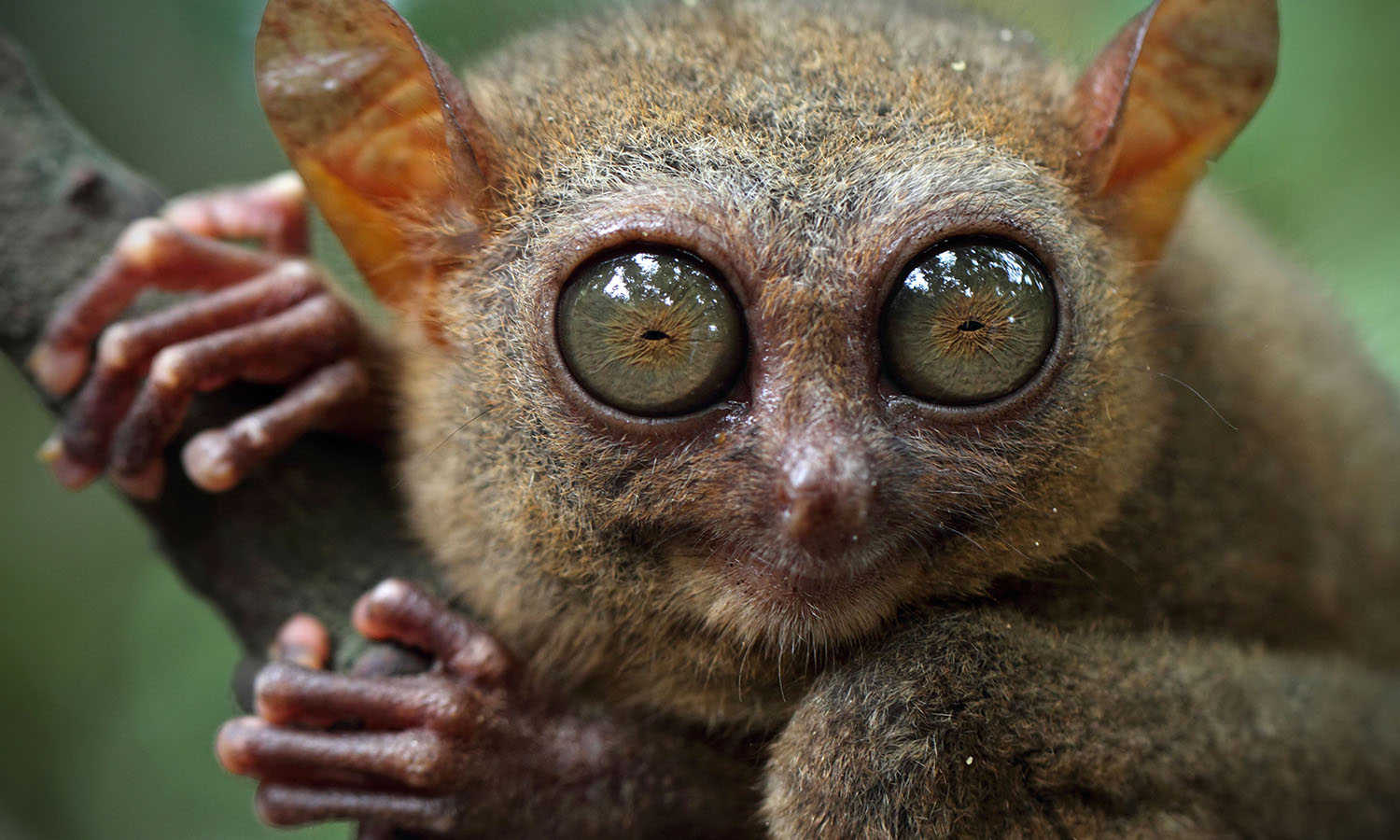

Near Bohol, you’ll find a sanctuary where the Philippine Tarsier Foundation is establishing a natural feeding and breeding space. Visitors can walk along paths below the trees and test their eyesight trying to spot tarsiers in the trees.
Sip Cocktails at a Bali Sunset
There are few better places to catch a Balinese sunset than El Kabron, perched on the edge of the cliffs of Bingin Beach.
With Spanish cuisine complemented by sangria and a cocktail list to quench any thirst, this Mediterranean-style bar and restaurant feels a long way from the madness of the more touristy areas of Bali.
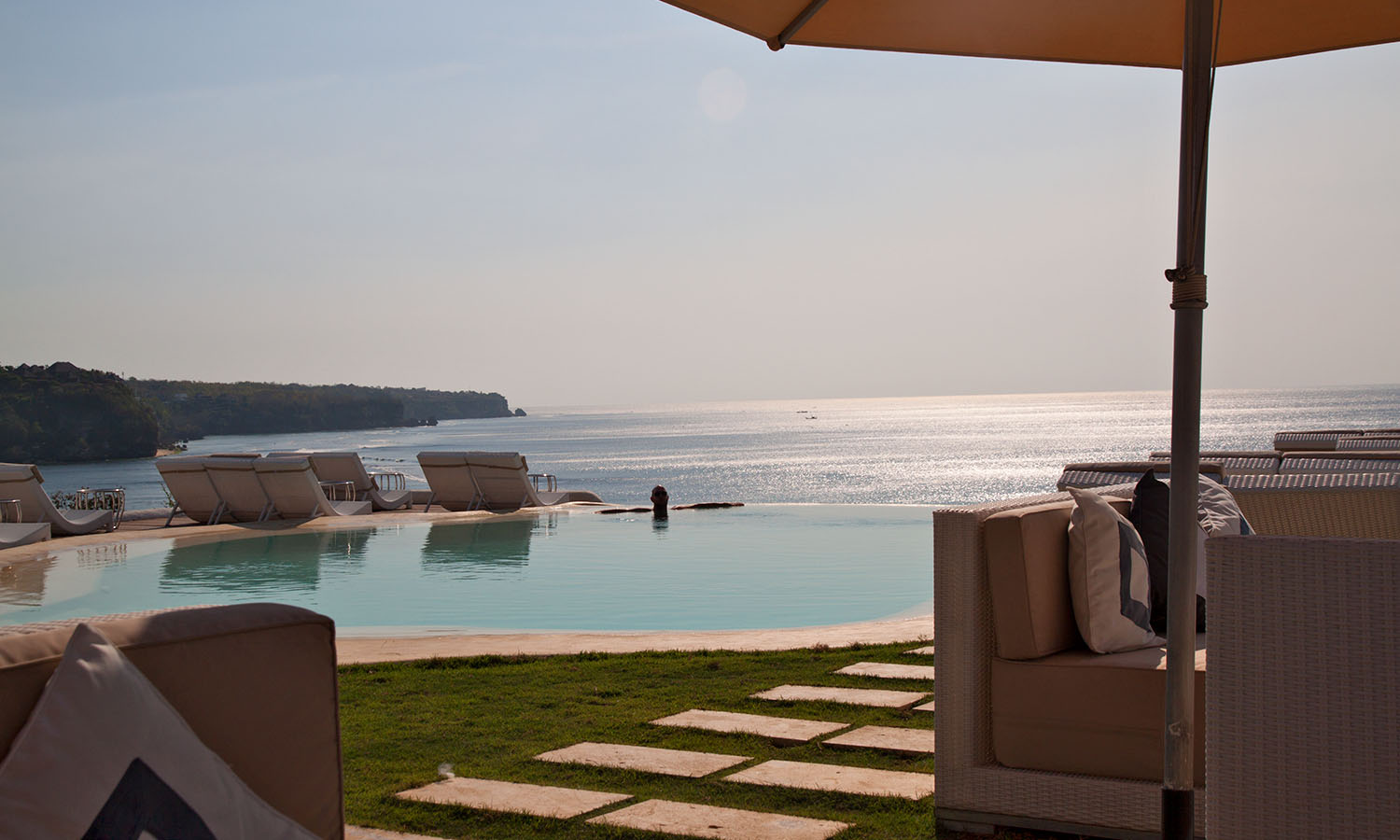

Get there an hour or so before sunset and laze by the pool watching the surfers line up for the Bingin break that has made this beach an increasingly popular destination.
Surf Solomon Islands’ Deserted Breaks
Only a short drive from Gizo and a quick paddle off a postcard-perfect, white sand beach is Titiana surf break, a gentle right hander that breaks over a deep reef.
If you’re lucky you might share the break with a few of the local villagers, but more than likely you’ll have it all to yourself. The water is perfectly clear and warm enough that wetsuits are never needed.
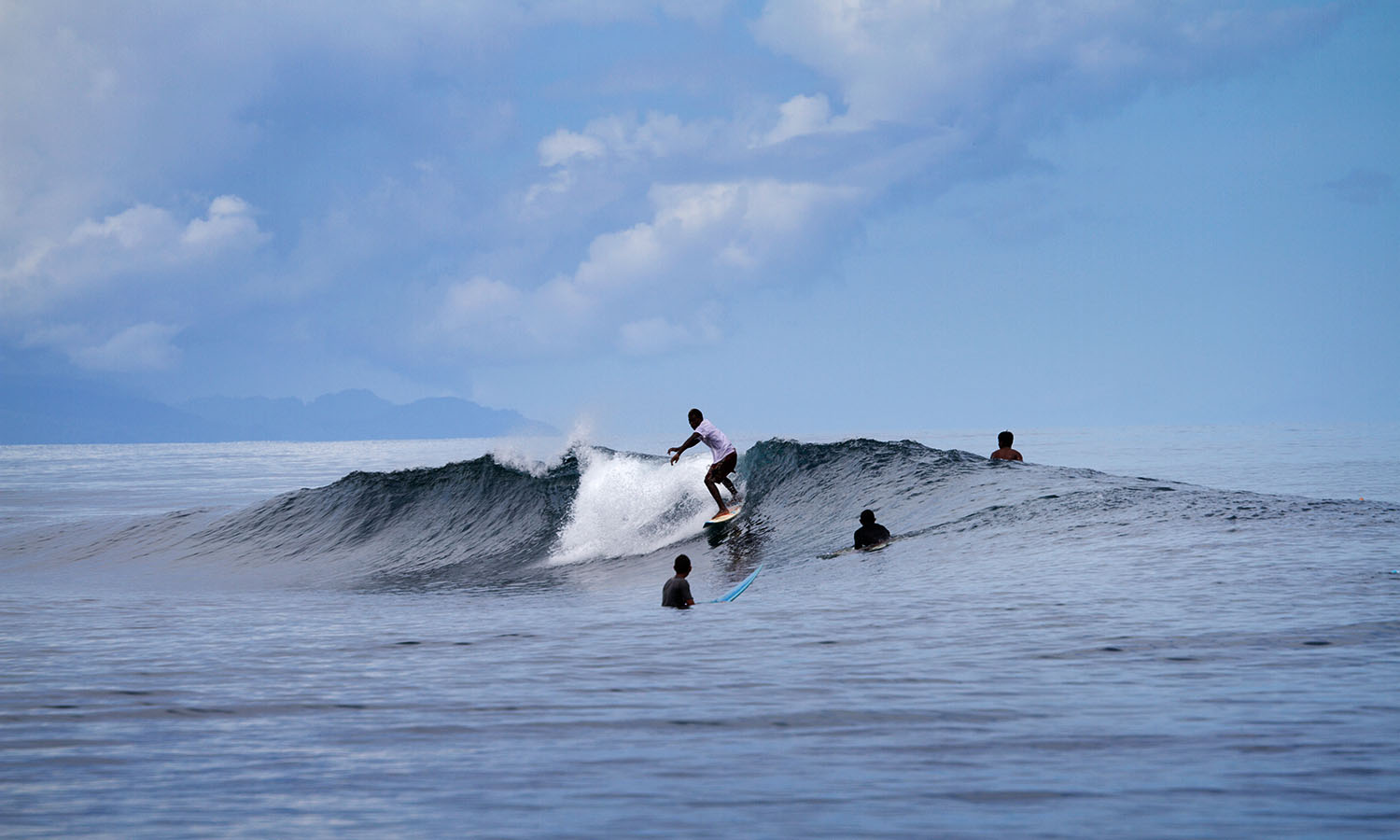

The local surfers are overly friendly and inevitably you’ll find yourself sharing a post-surf beer at one of the local bars.
River of a Thousand Lingas
There’s something in the water. It’s eerie but don’t be afraid. Known as the River of a Thousand Lingas, Kbal Spean is a carved riverbed featuring thousands of elaborate 1000-year-old etchings, mostly phallic symbols of fertility known as lingas or lingams.
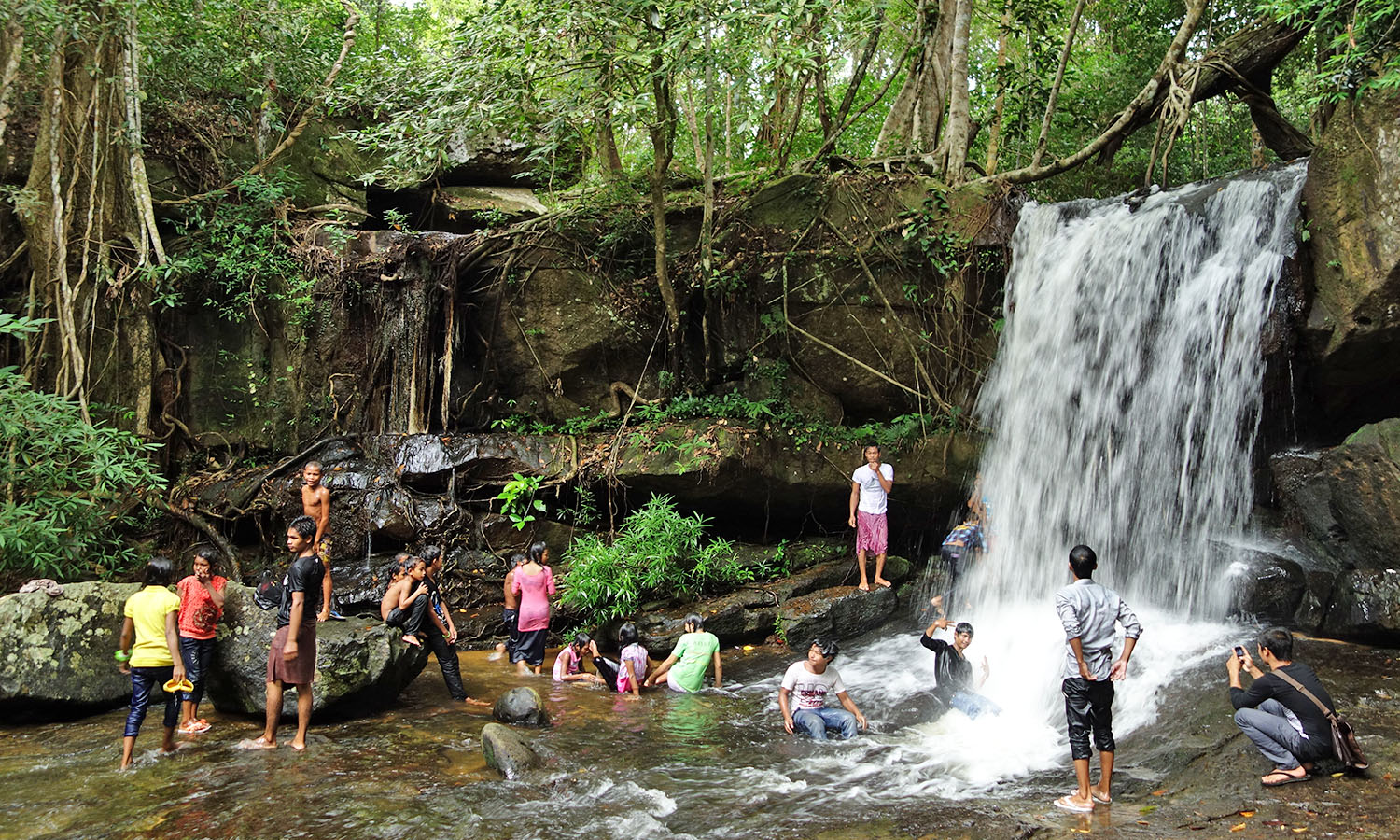

The Angkorian-era site is set deep in the jungle about 50 kilometres northeast of Siem Reap and also features carvings of animals and Hindu deities, which can be found above a small waterfall. To access the site, hire a tuk-tuk or motorbike from Siem Reap, then hike the steep two-kilometre walking track that winds through the jungle and past unique rock formations to the riverbed.
South Island session
It’s an old-fashioned Dunedin beer house that specialises in traditional ales. Speight’s Brewery is a South Island institution, and the brewers still use the same equipment and techniques today as their predecessors back in the 1940s.
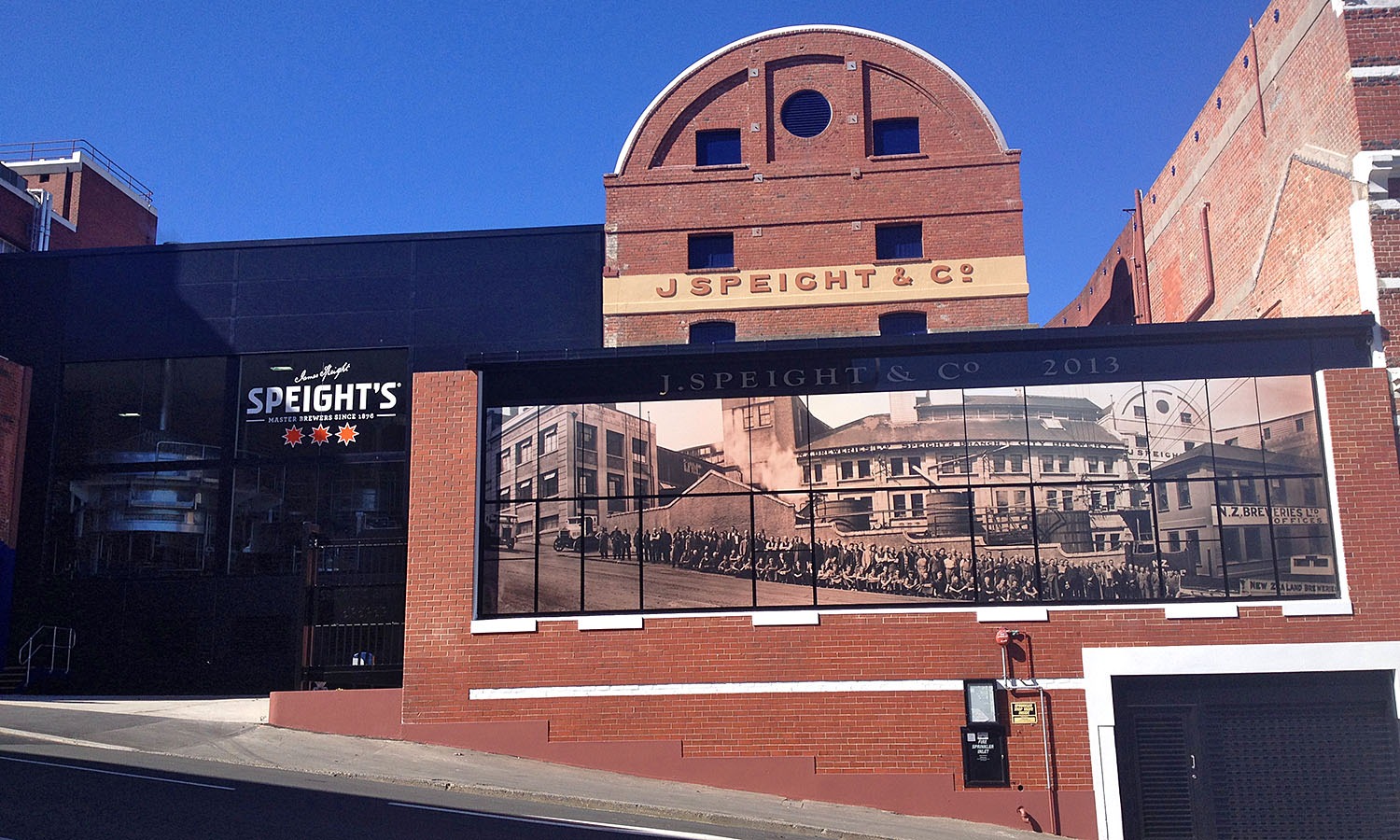

Go on a tour and you’ll get to see, smell, touch and taste the ingredients that go into Speight’s finest. Understand the beauty of the bumps and gurgles of the hand-operated machinery and hear why the brewers prefer this classic equipment to more modern gear. There’s a 30-minute session at the end of the tour where you can master the art of pouring – and drink your failures.
 (
(
